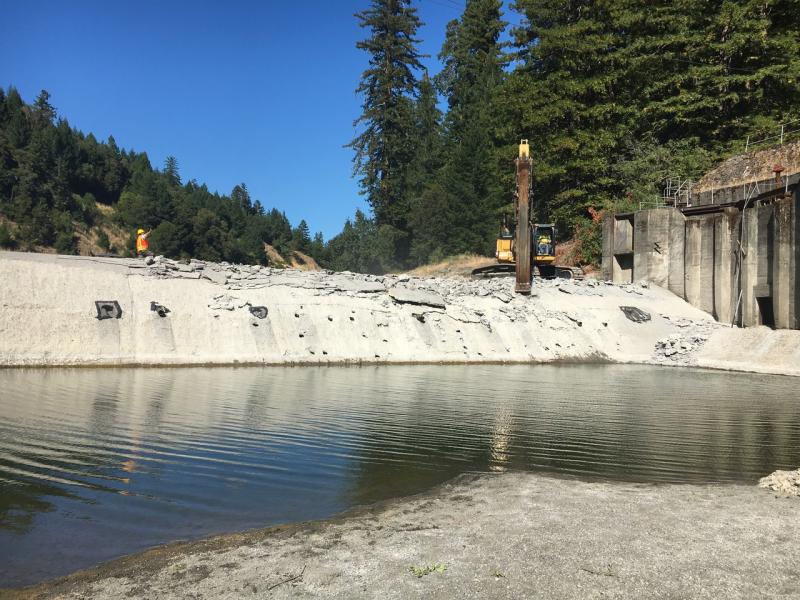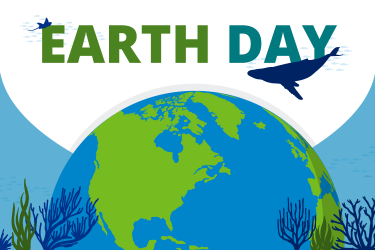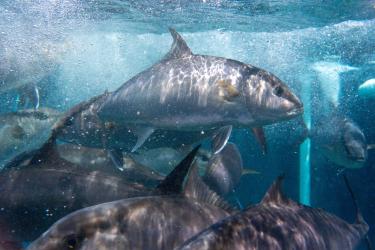Coho, Chinook salmon and Steelhead are all listed as Threatened species.
NOAA’s Restoration Center took a watershed approach to the Eel River. To successfully rebuild salmon stocks, habitat needs improvement for every phase of salmon life cycle.
- In their first year from egg through larvae, young salmon need cool, stony, mountain streams.
- Then as young fish prepare for life at sea, shaded river pools and estuary shallows are essential to provide food and safety for growth.
- Finally, adult fish require safe passage from the ocean to highland waters in order to spawn.
To successfully create a plan that would address the entire watershed we partnered with these concerned organizations dedicated to the Eel River’s healthy ecosystem:
- Humboldt County Resource Conservation District.
- Ducks Unlimited.
- California Fish and Wildlife.
- The California Conservation Corps.
- Eel River Watershed Improvement Group.
- Mendocino Redwood Company Pacific Watershed Associates.
NOAA has been instrumental meeting these major restoration goals:
- Restored 400 acres of estuary habitat. The Salt River Ecosystem Restoration project restored seven miles of river channel, planted streamside riparian vegetation and restored more than 380 acres of salt marsh on public and private land. The project significantly reduced flooding of local homes and farms in the town of Ferndal,e as well as provide essential rearing habitat for threatened salmon and steelhead.
- Removed the Benbow Dam, opening up 98 miles of spawning grounds. In 2016, California State Parks and NOAA removed the Benbow Dam, improving access to nearly 100 miles of high quality habitat. The second largest dam removal ever to occur in California, this project improved public safety and liability for the state.
- Improved spawning and rearing habitat in the Eel River headwaters. In several major tributaries, we reduced sediment sources by decommissioning unused dirt roads no longer needed. We improved in-stream habitat by strategically placing large woody structures in the channel. This slows the flow of water, spreading out gravel and giving fish places to rest and hide from predators. It also creates shade—cold water is essential for successful salmon growth and reproduction.
Removal of the dam has opened up miles of cool, rocky riverbed, providing 98 miles of habitat for successful spawning. Upriver fish have more desirable cover, shade and stony pools thanks to California Conservation Corps, who gained job skills made great connections on the project. NOAA will continue to focus on other high priority actions to improve Eel River habitat into the future.



